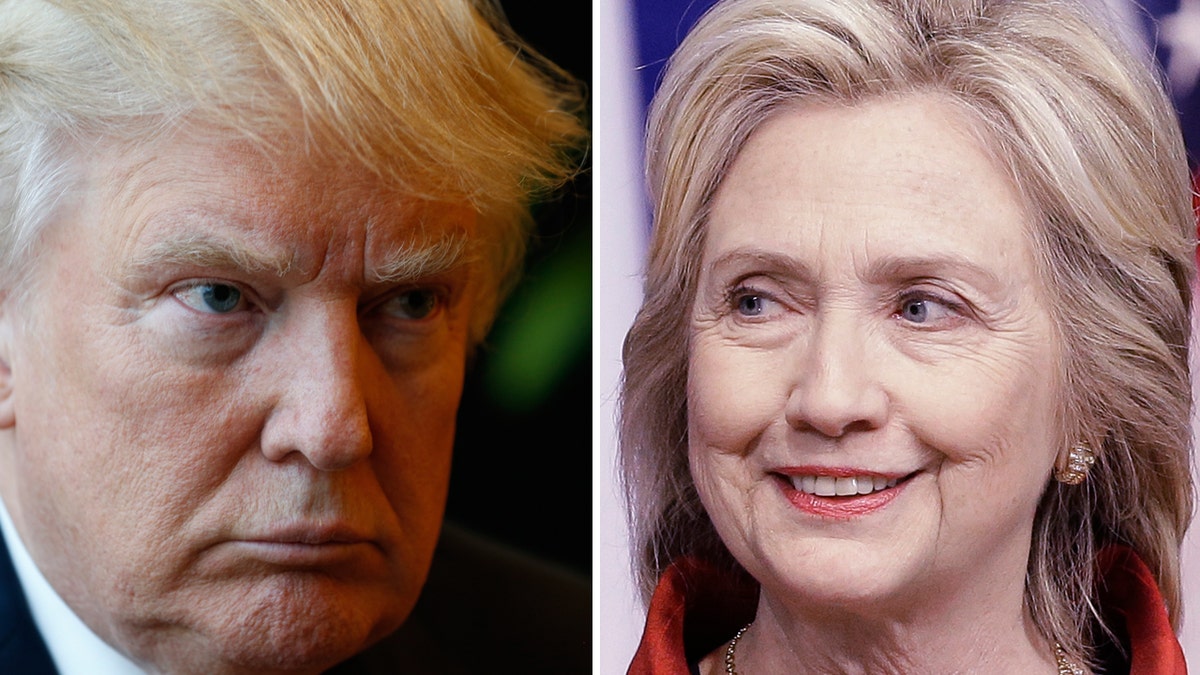
Whichever candidate wins the presidential race, there will be a significant stock market correction. The important question for investors is: what comes next?
A stock market correction is inevitable because we are in a “paper bull” Obama-Clinton market. With the worst economic recovery since World War II, central banks around the world have continued to print vast quantities of “easy money.”
As interest rates remain at historic lows, desperate bond markets seeking positive returns have shifted assets into equities, propping up stock prices. This paper bull cannot last – we are already starting to move sideways.
What happens once a stock market correction occurs? It is important to go to first principles: Stock prices simply reflect an expectation of a future stream of earnings, and earnings rise with economic growth. To get a new bull market, investors need a president who both understands how growth occurs and who will devise the best policies to stimulate robust growth.
That massive fiscal and monetary stimulus alone can’t fix what ails America has been painfully demonstrated. It took 43 presidents to run up a debt of $10 trillion. Barack Obama doubled it in eight years. All we have to show for this is an anemic 1 percent growth rate.
Donald Trump’s economic plan is all about rapid growth. He will cut taxes, reduce regulation, unleash our energy sector, and eliminate our growth-sapping trade deficits. This solid, Reaganesque recipe for growth and a new bull market puts Dow 25,000 within easy reach.
Hillary Clinton has promised to hike taxes, increase regulations, put our coal industry out of business, and throttle our oil and gas industries. She is also directly responsible for many of the bad trade deals swelling our trade deficit. Why any prudent investor would cast a ballot for this Clinton bear market agenda is an enigma wrapped in a mystery.
There is a far deeper difference between Trump versus Clinton that sophisticated investors should be mindful of. Clinton’s plan Keynesian “tax and spend” stimulus strategy has been proven not to work over the last eight years. Trump focuses directly on the underlying structural imbalances our nation’s GDP equation is now saddled with.
As with any nation, America’s GDP is driven by consumption, government spending, business investment and net exports (exports minus imports). From 1947 to 2001, America’s real GDP grew in at a balanced 3.5 percent per year. Since 2002, that average has fallen to 1.9 percent. This has cost millions of jobs and trillions of dollars in foregone income and tax revenues – one additional GDP point creates 1.2 million jobs.
A pivotal reason why America fell from robust growth grace was President Bill Clinton’s 2001 shoehorning of China into the World Trade Organization. This resulted in a wave of off-shoring of U.S. investment, thereby depressing the domestic business investment driver in America’s growth equation – while lifting China’s economy.
Clinton’s China deal also allowed a flood of illegally subsidized imports into U.S. markets and dramatically increased the U.S. trade deficit in goods with China – now at one billion dollars a day and $366 billion a year. This structural hit to the net export driver in the U.S. equation accounts for as much as one lost GDP point a year –- and it’s not just China doing this structural damage.
For example, since Bill Clinton signed NAFTA in 1993, the U.S. has lost 850,000 jobs and seen its trade deficit with Mexico rise from zero to $60 billion. The cumulative Mexican trade deficit will hit a trillion dollars by end of year. This has been a tremendous drag on U.S. growth.
That Hillary Clinton fails to understand the debilitating effects of bad trade deals is epitomized by her 2012 South Korea agreement. As Secretary of State, she promised a “cutting edge” deal that would create 70,000 jobs. Instead, we’ve lost 95,000 jobs while our trade deficit has doubled. Our auto industry in swing states like Michigan have been particularly hammered.
Of course, investors get nervous when Donald Trump talks about renegotiating bad trade deals like NAFTA and cracking down on trade cheaters like China. Yet unless America comes to grips with the negative impacts that trade has had, it will never escape its current slow growth trap – or experience another sustained and true bull market.
Our current economic malaise is not a “new normal” as some defeatists and Clintonites have phrased it. It’s a politician-made “new dismal” that can simply be rectified by a strong, pro-growth, pro-trade leader in the White House like Trump. With Clinton, higher taxes and more regulation do not a bull market make.
